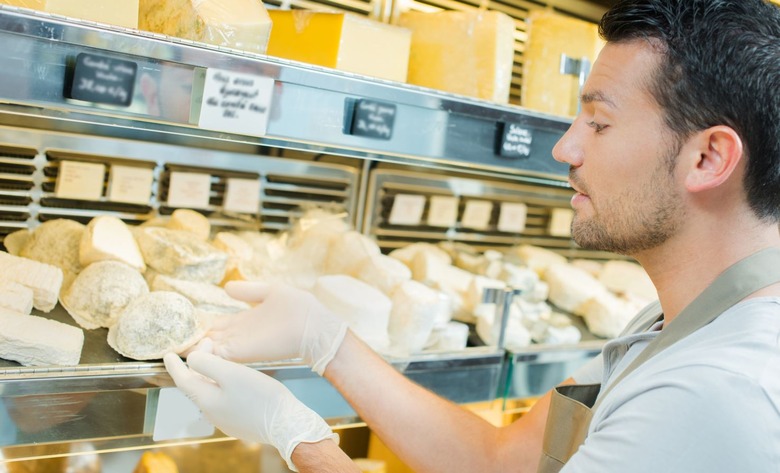Hooked On Cheese: Cheese Shopping With Cheesemongers, Part 1: Knowledge
For this series, Raymond Hook asked three ex-cheesemongers to go retail cheese shopping with him in New York City. He wanted to hear their observations on how the staff of each store interacted with their customers and their thoughts on the best methods to help people buy more cheese. Each article focuses on one of the following three criteria: knowledge, presentation and signage.
Most of my friends are old cheese or wine guys (go figure – it comes with the territory). Ex-cheesemonger Jason Donnelly worked in New York City for many years, first at Picholine and then as the Vice President of Sales and Food Service for Murray's Cheese. He now sells American artisan cheese globally, and when he recently flew through New York on his way to Asia for a few specialty food expos, we decided to catch up over a few beers. On the way to Randolph Beer Nolita, I asked Jason to join me as I swung by a cheese shop to grab some provisions for a small event I was hosting the following day. On a whim, I asked him to judge the knowledge of the cheese monger.
We popped into the store and Jason immediately approached the counter as I went to gather accompaniments. He asked the monger about one of the store's featured cheeses; she briefly stated that it was a sheep's milk cheese from Italy. He then asked what her favorite blue cheese was today, and she presented us tasting slices. When Jason asked for details, the monger again offered only the basics: it was a cow's milk blue from Italy. Jason pressed for more info; all he got was the region of production and was offered no other insight.
The cheese was very tasty and in beautiful shape, presented professionally, and marked at almost $35 per pound.
After we left the shop I asked Jason how he felt about his experience. He told me the monger was very friendly and excited about cheese, a great start to being a good monger. But his next comment was quite eye opening: He felt her knowledge of the cheese simply wasn't sufficient. This cheese is a luxury item; no one needs a $35-per-pound lovely blue cheese from Italy, as much as they would like one.
As we headed to our gathering, Jason continued to underscore how mongers must have far more than a passing knowledge of each of the cheeses they sell. He pointed to my satchel and said, "You have about $60 of cheese in there. If you went to a restaurant and spent $60 on a meal and had questions about the food, wouldn't you expect your server to be knowledgeable about it?" Of course I would. He went on to say that being a great monger demands that you know your products, know how to serve them correctly, be able to offer suggested pairings, and answer any questions your customers might have. When I thought to myself about how he'd worked as a stellar cheesemonger himself for so many years, I knew he was right.
